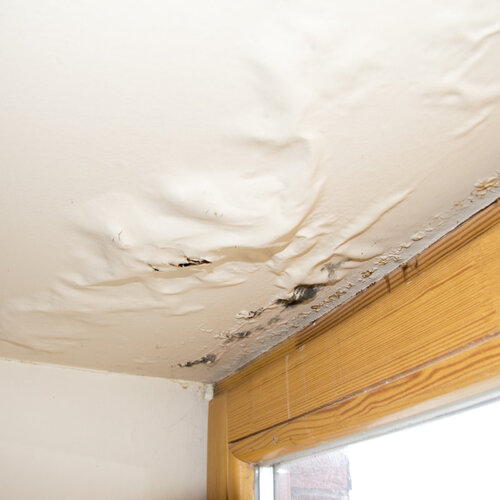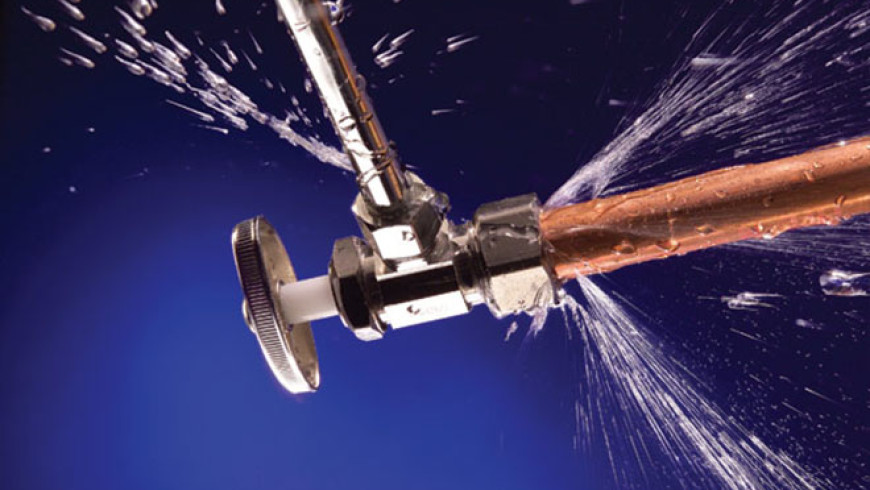Unveiling Common Triggers Behind Residential Water Leak Concerns
Unveiling Common Triggers Behind Residential Water Leak Concerns
Blog Article
This great article below pertaining to How Fast Water Damage Can Ruin Your Home is seriously captivating. Check it out for your own benefit and see what you think about it.

Leaks not only cause waste of water yet can likewise create unnecessary damages to your residence and advertise unwanted natural growth. By recognizing and looking for daily scenarios that cause leaks, you can protect your home from future leaks and unnecessary damages.
Encroaching roots
A lot of water leakages begin outside the house rather than inside it. If you discover an unexpected reduction in water stress, state in your faucet, take some time to go out and analyze your backyard. You could notice wet patches or sinkholes in your backyard, which could suggest that tree origins are getting into water lines causing water to seep out. You can have your plumber check for invasion, specifically if you have trees or hedges near your residential or commercial property.
Rusty water supply
As time passes by, your plumbing system ages and rust such as rust may start eating away the pipes. This might be the root cause of staining or bending on your water pipes. This asks for an evaluation with your plumber instantly. Consider changing the pipes because they are at a greater danger of rust than the more recent designs if our plumbing system is old.
Faulty Pipe Joints
The factor at which your pipes connect is regularly the weakest web link in the waterline. Pipe joints can degrade in time, resulting in water leakages. The bulk of pipeline joints are not conveniently noticeable. If you have loud pipelines that make ticking or banging sounds, especially when the warm water is turned on, your pipe joints are possibly under a great deal of stress. It is advisable to have your plumber evaluate your system once a year.
Immediate temperature level modifications.
Extreme temperature level adjustments in our pipes can cause them to expand as well as acquire all of a sudden. This development and tightening might trigger splits in the pipes, especially if the temperature are below cold.
Poor Water Connectors
At times, a leakage can be created by loosened pipes and pipes that supply your home appliances. In situation of a water links leakage, you might see water running straight from the supply line or puddles around your appliances.
Clogged Drains
Blocked drains may be frustrating as well as inconveniencing, but they can occasionally end up creating an overflow causing burst pipelines. Keep getting rid of any type of materials that may drop your drains that might block them to prevent such inconveniences.
All the above are causes of leakages yet not all water leakages arise from plumbing leaks; some leaks might come from roofing leakages. All leakages must be fixed immediately to prevent water damage.
Leakages not just trigger waste of water but can also trigger unneeded damage to your house and promote undesirable organic development. By looking as well as comprehending for daily scenarios that cause leakages, you can secure your home from future leakages and also unnecessary damage. Today, we will certainly look at 6 leak creates that might be triggering your pipelines to drip.
At times, a leak can be created by loose hoses and pipes that provide your appliances. In case of a water connections leakage, you may notice water running directly from the supply line or puddles around your appliances.
How To Check For Water Leak In Your Home
How To Check for Leaks
The average household's leaks can account for nearly 10,000 gallons of water wasted every year and ten percent of homes have leaks that waste 90 gallons or more per day. Common types of leaks found in the home are worn toilet flappers, dripping faucets, and other leaking valves. These types of leaks are often easy to fix, requiring only a few tools and hardware that can pay for themselves in water savings. Fixing easily corrected household water leaks can save homeowners about 10 percent on their water bills.
To check for leaks in your home, you first need to determine whether you're wasting water and then identify the source of the leak. Here are some tips for finding leaks:
Take a look at your water usage during a colder month, such as January or February. If a family of four exceeds 12,000 gallons per month, there are serious leaks.
Check your water meter before and after a two-hour period when no water is being used. If the meter changes at all, you probably have a leak.
Identify toilet leaks by placing a drop of food coloring in the toilet tank. If any color shows up in the bowl after 10 minutes, you have a leak. (Be sure to flush immediately after the experiment to avoid staining the tank.)
Examine faucet gaskets and pipe fittings for any water on the outside of the pipe to check for surface leaks.
Undetected water leaks can happen without the home or business owner even realizing. If you suspect a water leak, but not able to find the source. It is time to contact a professional water leak detection service, The Leak Doctor.
How To Find a Water Leak In Your Home
https://www.leakdoctor.com/blog/How-To-Check-For-Water-Leak-In-Your-Home_AE197.html

I'm just very fascinated with How to Find Water Leaks and I hope you appreciated our post. Appreciated our content? Please share it. Help others locate it. Thank you for your time spent reading it.
Urgent plumbing? Call us. Report this page